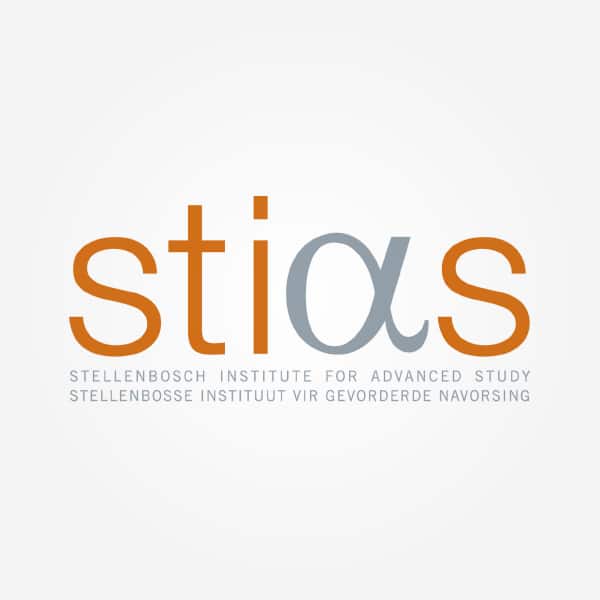The global population is projected to increase from 8 billion today to 10.4 billion by the end of this century. Most of this growth, particularly after 2050, will take place in sub-Saharan Africa. In light of this boom, historical demographers of Africa are debating the colonial roots of African population growth. How have mortality and fertility patterns been influenced by European colonial rule? Simultaneously, increasing awareness of global health inequalities both regarding unfair outcomes and knowledge structures has led to questions about the legacies of colonialism and slavery and how to counter historic injustices. There is a great need for historical perspectives. However, although population and health are intricately connected, African historical demography, and the history of health, healing and medicine in Africa have remained largely detached areas. In this STIAS-project, I explore fresh avenues for historical research that synergizes the strengths of these fields in order to advance long-term understandings of African histories of population and health. I will specifically explore how medical pluralism in nursing and health practices, i.e. the intermingling of biomedical, missionary, and local practices, influenced reproductive health and demographic developments in six communities with Catholic mission hospitals in Malawi, Uganda, and Tanzania.

